Back home from the Tokyo Games! First off, I want to thank all who responded here on blog, or Instagram, FB, Twitter to the postings, pictures and ramblings from Japan. It was enormously encouraging to hear questions, interest and a few attaboys along the way. It proved to be a wonderful source of energy to power through the humid slog of twenty hour days at these past summer Games. Many thanks!
Lots of questions! And I’ll continue to gather those and answer as time goes on. One of the foremost sets of questions involved, naturally, gear. So, here we go with “What’s in the bag?”
My hotel room was super tiny, so the only “work surface” was my bed, really. Every morning, I’d figure out what I’d carry, relative to what venue I would be going to. Positions, and the “newsiness” of the day dictated how heavy to travel. When I went to seriously remote locations, or went to a sport just to photograph it for the excitement of what might be there, I could travel a bit on the light side, i.e., cameras and lenses. But when Simone Biles was competing, or a major athletics final was in the offing, the computer, card readers, power cord, and external drive would all bundle into my copious Gitzo backpack, which can hold a ton. Those were long days in the heat–40 to 50+ pounds on my back and shoulders. Long nights as well, downloading, editing and shipping straight from the venue.
On the bed, in something of an order, are four Nikon D6 cameras, one Z 6II and one Z 7II.
DSLR lenses include 800 f/5.6, 600 f/4, 180-400 f/4, 400 f/2.8, 300 f/2.8, 200 f/2, 70-200 f/2.8, an 8-15 zoom fisheye and a TC 1.4 teleconverter.
S series lenses for Z cameras are the 70-200, 14-24 and 24-70, all f/2.8.
And, one non-camera/lens component that was absolutely essential. A monopod. I’ve sworn by Gitzo tripods and monopods for over thirty years, and this Olympics was no different. I had two Gitzo monopods I rotated, day to day.
Do I own all that stuff on my hotel bed? No! At big events like an Olympics, pro photographers are supported by the camera manufacturers who have camera depots at the press center. I’ve been a member of Nikon Professional Services for about 40 years or so, and they are indispensable to the mission at hand. Incredibly hard working and supportive, they make so many things possible for the pro. On the spot repairs, clean and checks, tech advice, and of course, loaner gear. I literally would have very few pictures to show for my time in Tokyo without the help of NPS.

Not all of it goes out with you, of course. You try to go by the maps of the venue positions that are made available for photographers. Lens throws are different for FOP (field of play) positions, than of course, spots up and away in the stands.
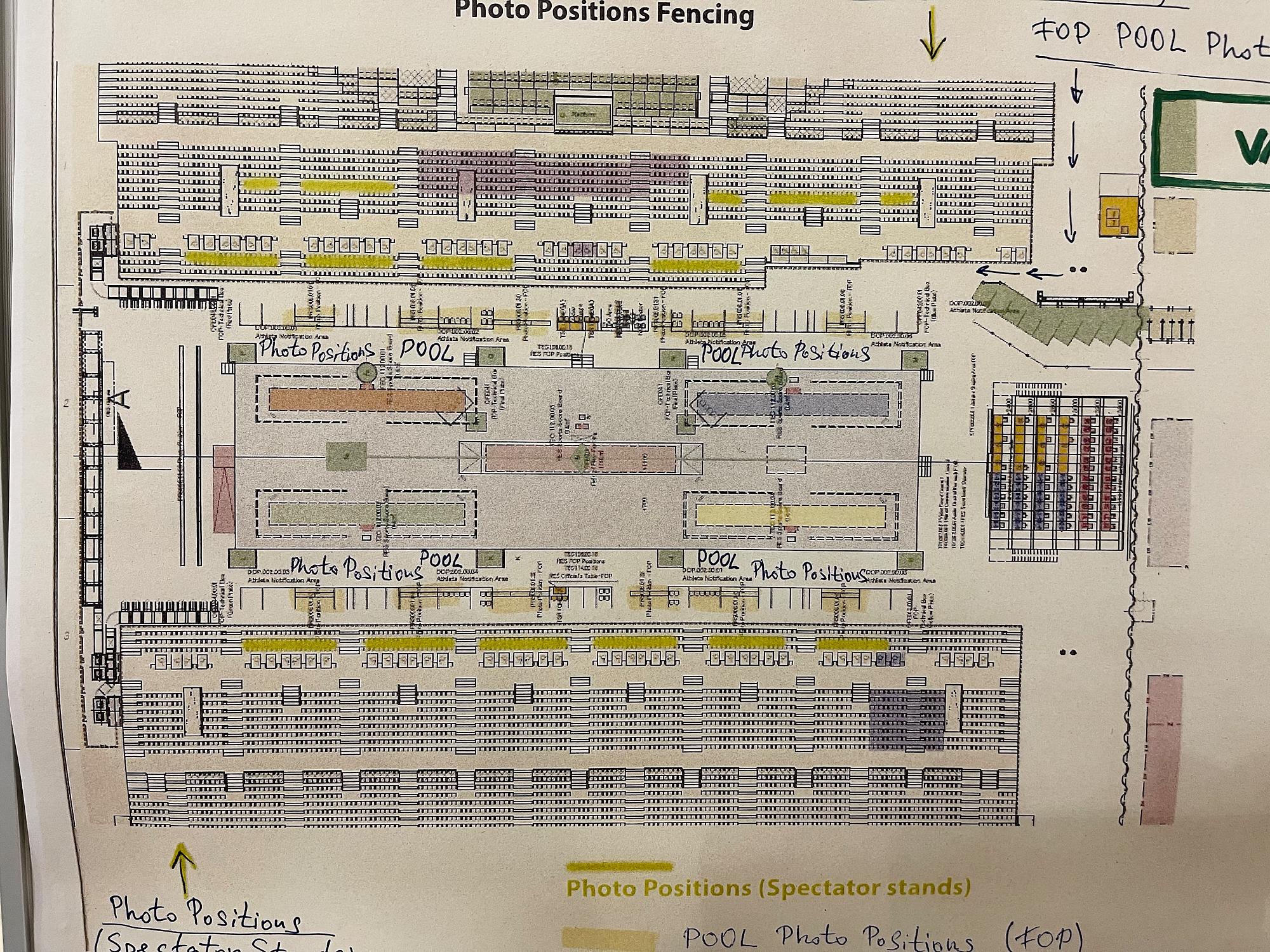

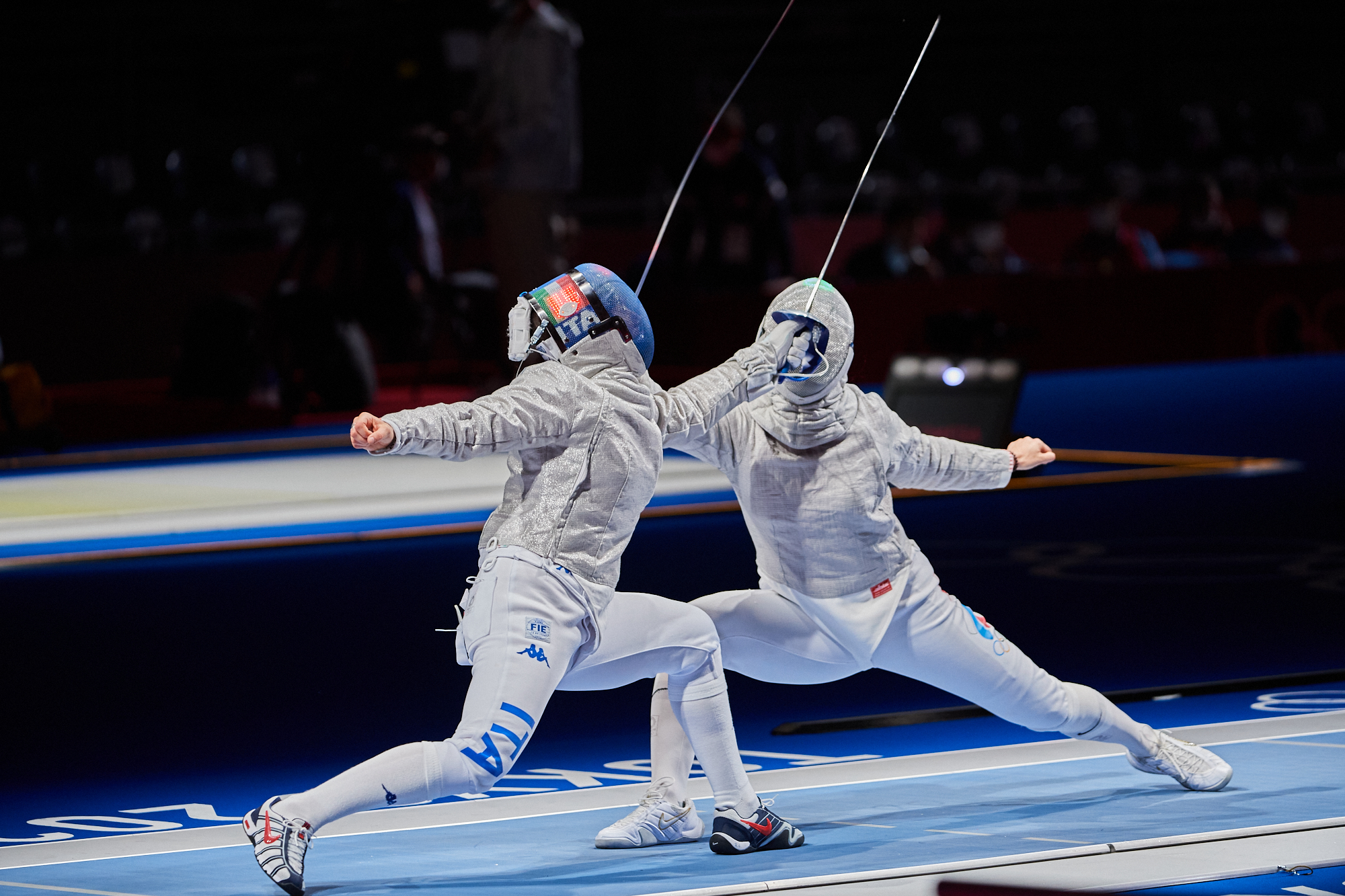
The above map was for fencing, and the pic above is at a zoom throw of 260mm. For boxing, given COVID, there was a very tight pool of photogs who could be ringside. Shot the below from a distance, with a 400mm.
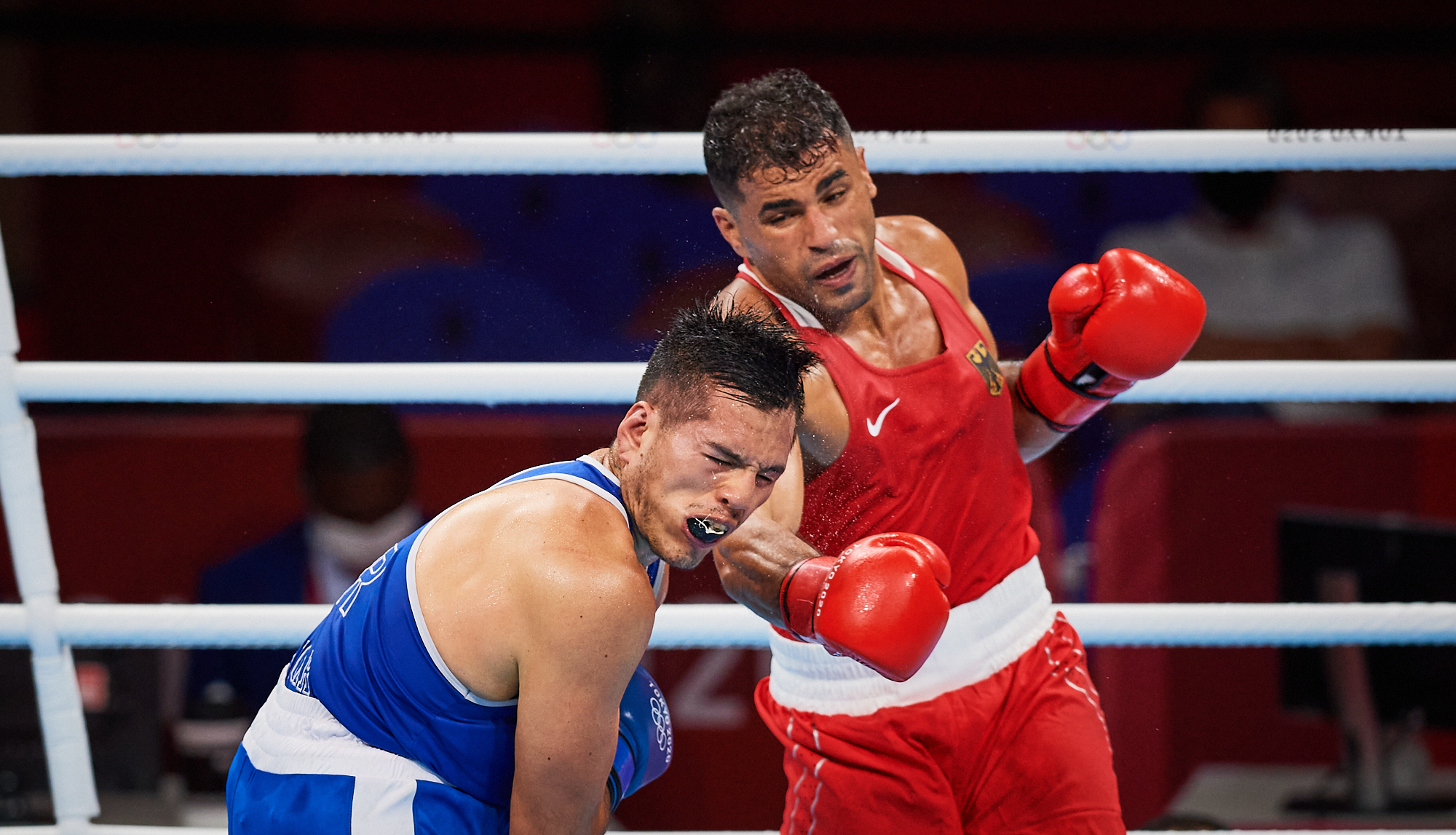
Day to day strategies. Is it worth it to risk really big glass and thus miss some context? Or is a zoom called for? Not as tight, but flexibility of viewpoint might be the order of the day. Two telephotos, one on a monopod, one hand held? My bed became a chess board as I planned each day, often at 4-5am. Also on the bed: My credential, tickets to high demand events, like athletics, test tube for the regular spit tests, press center locker key, taxi vouchers, Lysol wipes and business cards. Not seen is the ever present Advil, and, on outdoor days, floppy bucket hat, and sun block. Also spare cards, spare batteries.
The days started on a bus, prior to sunrise, generally. Mask on for the next twenty hours! Off to the venues.

And, given the boatload of gear on the bed up top, one might think it overkill. Used everything, except the 300 f2.8. That one never came along. But all the other stuff played a role, from an 800mm….
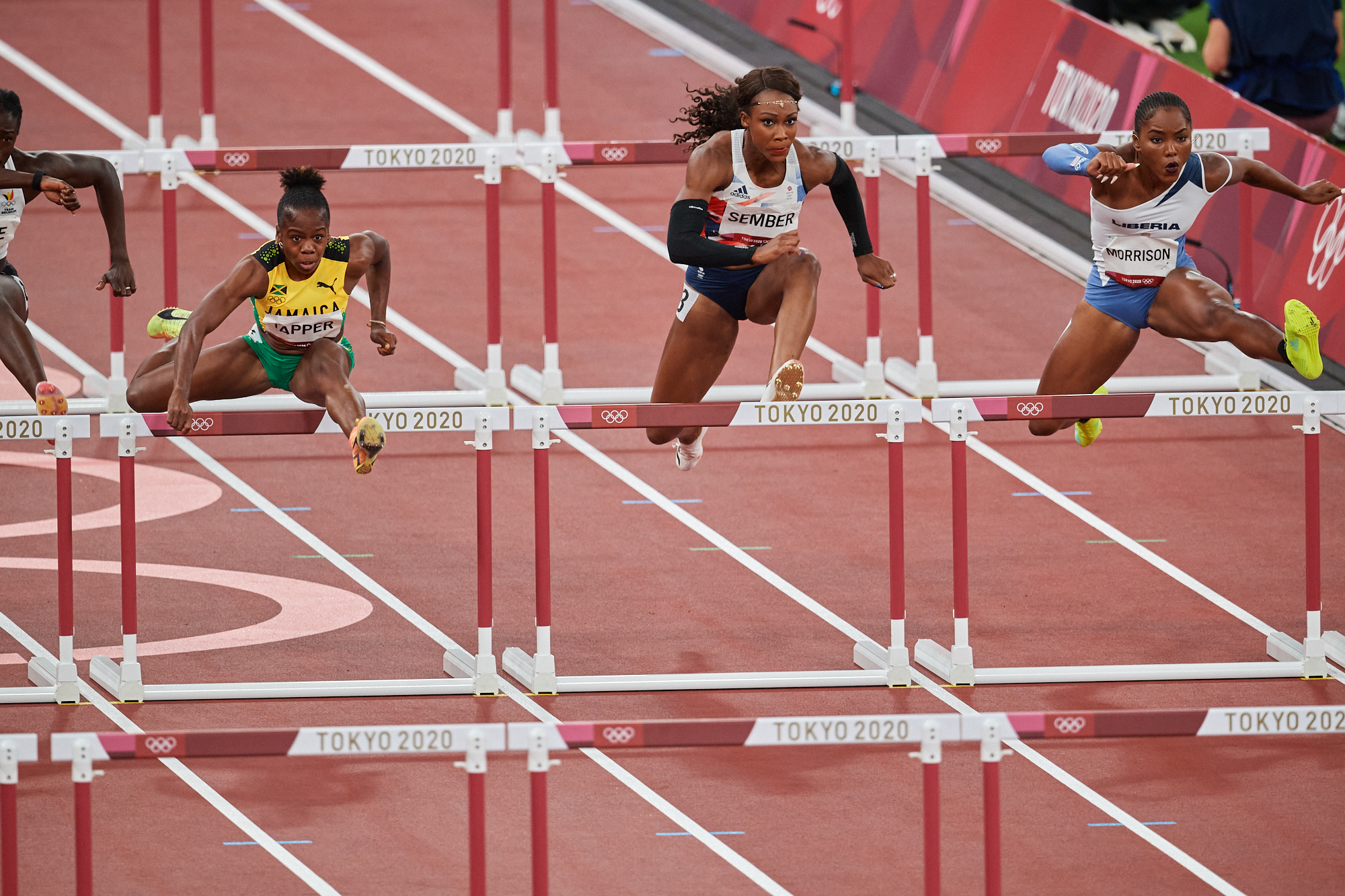
To an 8mm….
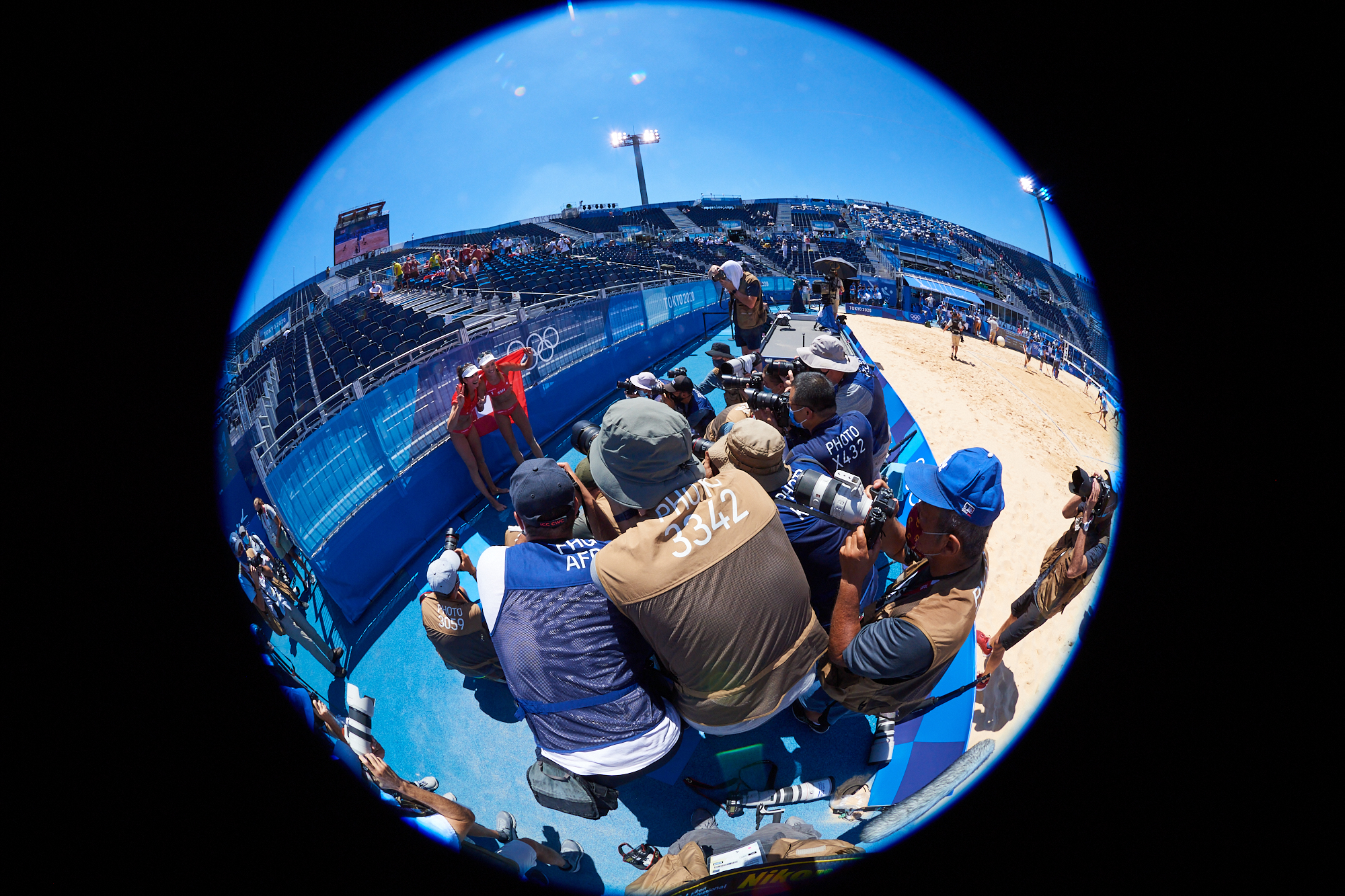
Thanks to all! More tk….
The post Tokyo Field Notes: What’s In the Bag? appeared first on Joe McNally Photography.






